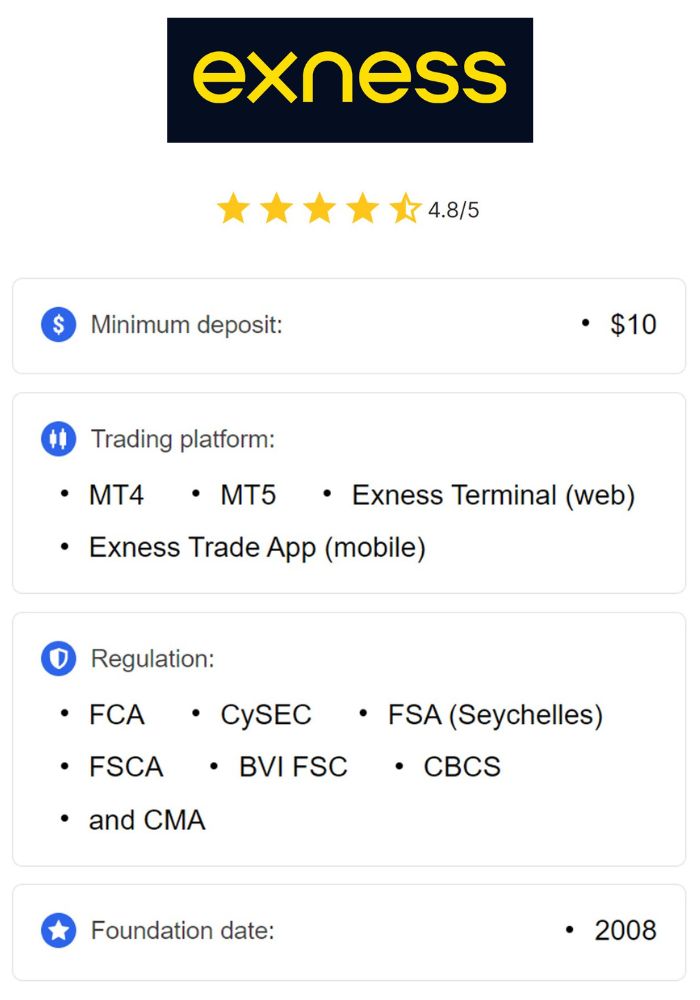
Exness Trading API Integration: Transform Your Trading Experience
In the world of online trading, the integration of APIs (Application Programming Interfaces) has become pivotal in enhancing the efficiency and functionality of trading applications. Among the myriad of platforms available, Exness stands out with its robust trading API. In this article, we will explore the nuances of Exness Trading API integration, detailing its features, benefits, and practical applications. For those interested in delving deeper, consider checking out Exness Trading API Integration https://kittybattles.io/exness-api/ to enhance your understanding.
What is Exness Trading API?
The Exness Trading API is a set of programming instructions and protocols that allow developers to interact with the Exness trading platform. This API provides access to various trading functions, such as placing orders, retrieving market data, and managing accounts, thereby facilitating automated trading and analysis. The system is designed to cater to various levels of traders—from novices wanting to dip their toes into automated trading to experienced traders seeking sophisticated strategies.
Key Features of Exness Trading API
- Access to Real-Time Market Data: The API provides real-time quotes, charts, and market depth, enabling traders to make informed decisions quickly.
- Efficient Order Management: Users can place, modify, and cancel orders programmatically, allowing for high-frequency trading strategies to be executed seamlessly.
- Account Management: Traders can check their account balances, equity, and margin levels, making it easier to monitor their trading accounts programmatically.
- Multilingual Technical Support: Exness offers robust technical support in different languages, making it easier for international users to integrate the API into their systems.
- Comprehensive Documentation: Complete and clear documentation ensures that developers can navigate the API easily, reducing integration time and improving efficiency.
Benefits of Integrating Exness Trading API
Integrating the Exness Trading API into your trading strategy offers numerous advantages:
- Automation: Traders can automate their trading strategies by using algorithms to execute trades based on predetermined conditions and market behaviors.
- Increased Speed: Automation allows for trades to be executed faster than manual operations, which is crucial in fast-moving markets.
- Better Risk Management: Automated systems can incorporate advanced risk management techniques that may be challenging to apply manually.
- Enhanced Analysis: The ability to access and analyze large data sets quickly improves traders’ ability to identify trends and make informed decisions.
- Customization: The API allows traders to tailor their platforms according to personal preferences and trading styles.
Getting Started with Exness Trading API Integration

To successfully integrate the Exness Trading API, follow these steps:
1. Create an Exness Account
First, you need to establish a trading account with Exness. Visit their website and register for an account. Ensure that you complete the necessary verification steps to gain full access to the API.
2. Access the API Documentation
Exness provides comprehensive API documentation on their website. It contains detailed information about available endpoints, data structures, and usage examples. Familiarize yourself thoroughly with these resources before proceeding.
3. Set Up Your Development Environment
Depending on the programming language you prefer (Python, Java, C#, etc.), set up your development environment. Ensure that any dependencies required to make HTTP requests and handle JSON data are properly installed.
4. Generate API Keys
To authenticate your requests, generate API keys from within your Exness account management section. These keys will grant you access to perform actions via the API securely.
5. Write Your Code

Begin writing the code to interact with the Exness Trading API. Start with basic functionalities such as retrieving market data or checking account balance before moving on to more complex features like order placements.
6. Test Your Integration
Conduct thorough testing in a safe environment, ideally a demo account, to ensure that your integrations work as expected. Pay special attention to error handling and edge cases.
7. Monitor and Maintain
Once your integration is live, monitor its performance and make necessary adjustments based on feedback and evolving market conditions. Regular maintenance updates will ensure that your integration remains functional and efficient.
Common Challenges in API Integration
While integrating with the Exness Trading API is relatively straightforward, several challenges may arise:
- Rate Limiting: Exness may impose rate limits on API calls, so it’s essential to design your application to handle these limits effectively.
- Data Handling: Dealing with large sets of data can be cumbersome. Developers must implement efficient data processing and storage solutions.
- Security Concerns: Always prioritize security by using secure connections (HTTPS) and safeguarding API keys.
- API Changes: Stay updated on any changes or deprecations in the API to avoid sudden disruptions in your trading operations.
Conclusion
Integrating the Exness Trading API into your trading strategy opens up a world of possibilities for automation and enhanced data analysis. With its comprehensive documentation and robust features, traders can leverage the API to create custom solutions tailored to their specific needs. Whether you are an experienced trader or just starting, the Exness Trading API can significantly enhance your trading capabilities. Whether you integrate it for simple alert systems or complex trading bots, the potential for improving trading outcomes is monumental. Start exploring the Exness Trading API today and work towards optimizing your trading strategies.